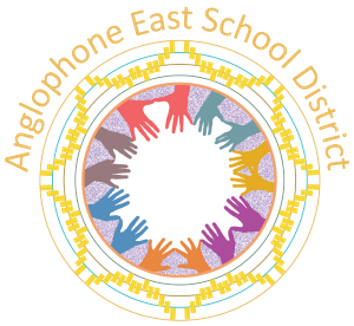Information for school administrators, teachers and parents:
Breakfast Program
We all know that breakfast is the “most important meal of the day” but many of us still don’t get the nutrition we need in the morning. It’s important that our students get off to a good start every morning, and that is why many schools now offer breakfast programs.
Schools and communities have been working together for years to address this problem. Breakfast for Learning, a national non-profit dedicated solely to this cause, was formed Schools and communities have been working together for years to address this problem. Breakfast for Learning, a national non-profit dedicated solely to this cause, was formed in 1992 when a small group of dedicated people realized this was an issue across the country. Today, BFL boasts a network of 30,000 volunteers.
Another similar organization, Breakfast Clubs of Canada, was launched in 2005. Last year, Breakfast Clubs of Canada helped serve over 16 million breakfasts and over 106,000 children in hundreds of school breakfast programs across Canada, including several programs in Anglophone East School District!
Each school in Anglophone East School District operates its breakfast program independently. They are often organized and run by volunteers, not staff… sometimes parents, sometimes members of local churches or other community groups. Funding for these programs comes from a wide variety of sources as well – sometimes in the form of cash, sometimes donations of food and supplies. Every little bit helps.
And of course all breakfasts are not created equal. A healthy breakfast should contain at least 2 of the 4 food groups such as a bowl of whole grain cereal with milk and fresh berries. Our schools work hard to provide the most nutritious options, many with a variety of choices that will appeal to the pickiest taste buds.
If you would like to volunteer or donate to support a breakfast program, contact your local school.
INTEGRATED SERVICE DELIVERY (ISD) CHILD AND YOUTH TEAMS AND SCHOOLS
In September 2017, Mental Health and Addiction Services for children and youth along with mental health services offered in schools have been restructured to make them more accessible to this clientele.
This service delivery model called Integrated Service Delivery (ISD) will serve children and youth with significant emotional, social and/or mental health needs. This innovative approach makes it possible for departments and agencies (Education and Early Childhood Development, Health, Social Development, Justice and Public Safety, school districts, and the Regional Health Networks) to work together in order to provide the right service, at the right intensity and at the right time.
At the heart of the ISD model are the Child and Youth teams (C & Y teams), which are composed of school and mental health psychologists, school and mental health social workers, addiction workers, learning support teachers, and a clinical coordinator. These teams will provide services around a cluster of schools.
To help you understand this information, we thought it would be useful to include the clusters of schools associated with the six Anglophone C & Y teams in the region. The phone number to access the reception office of each team is also indicated.
For more information on the ISD model, we encourage you to visit our web site at: http://www2.gnb.ca/content/gnb/en/departments/education/isd.html
